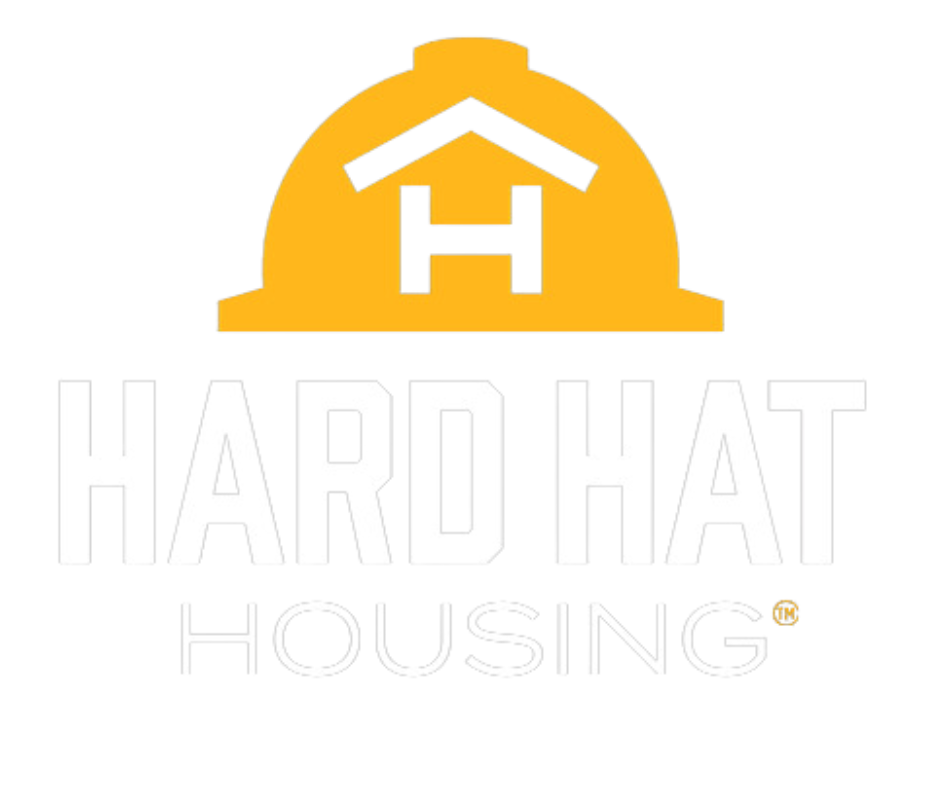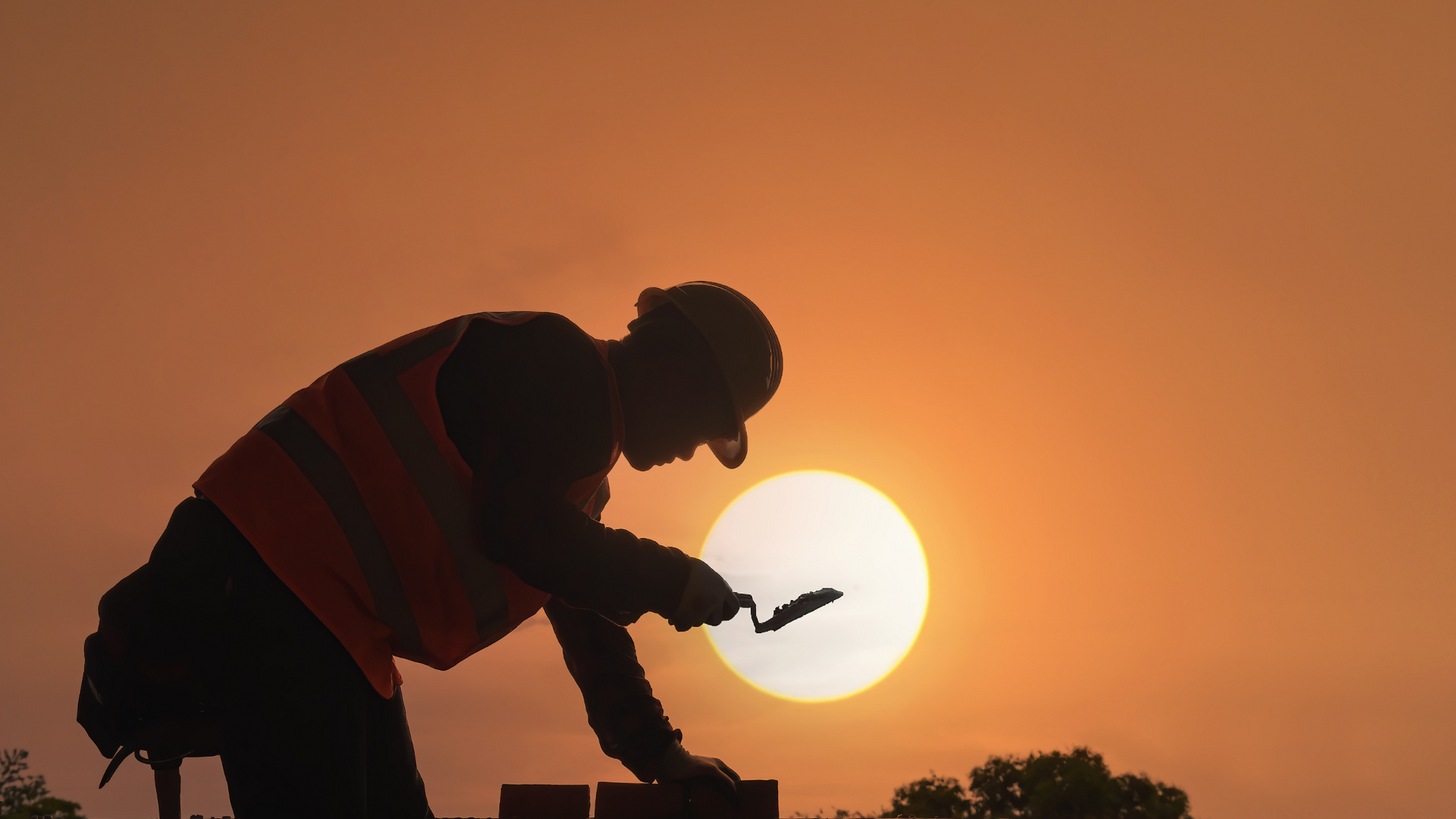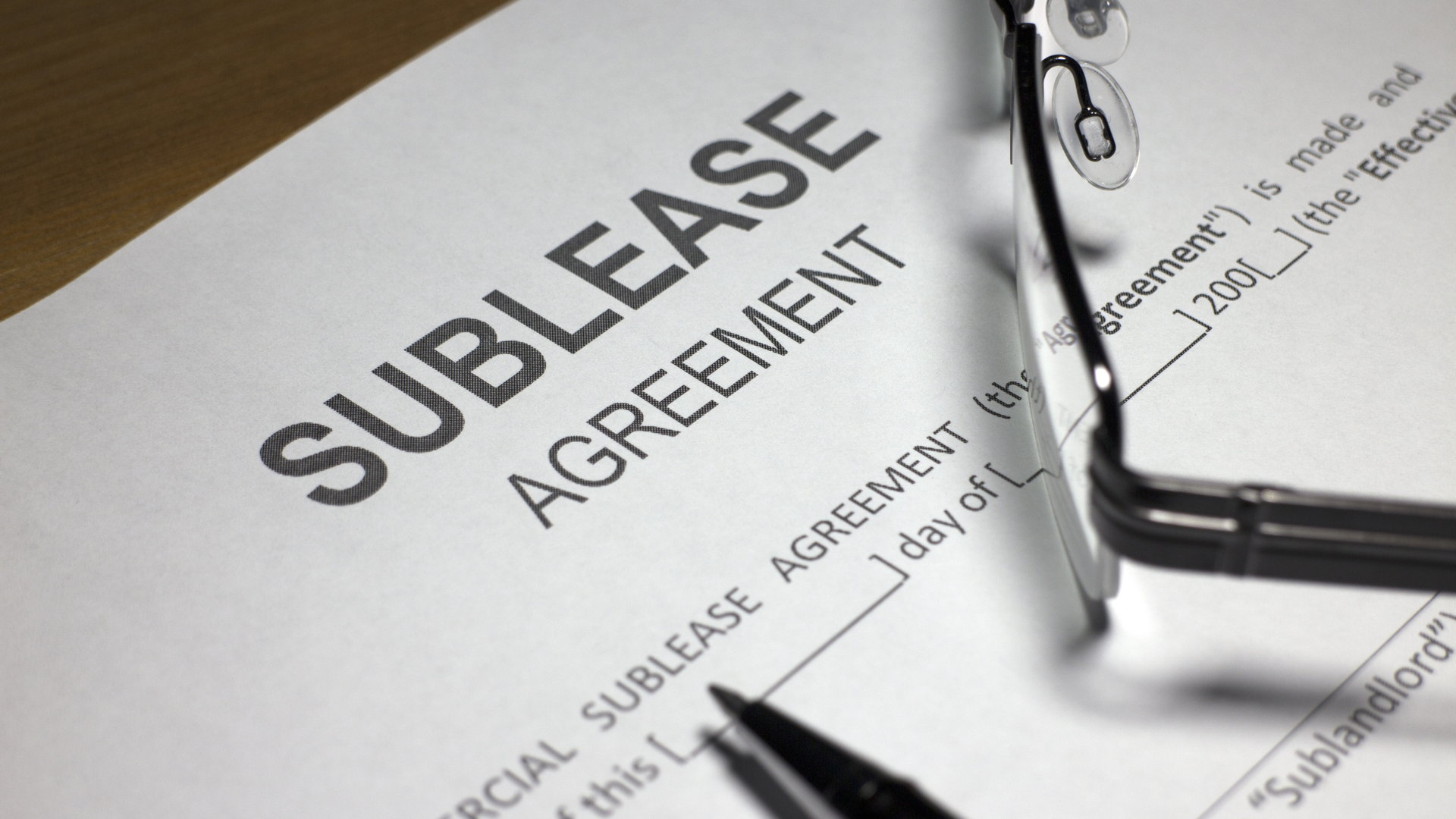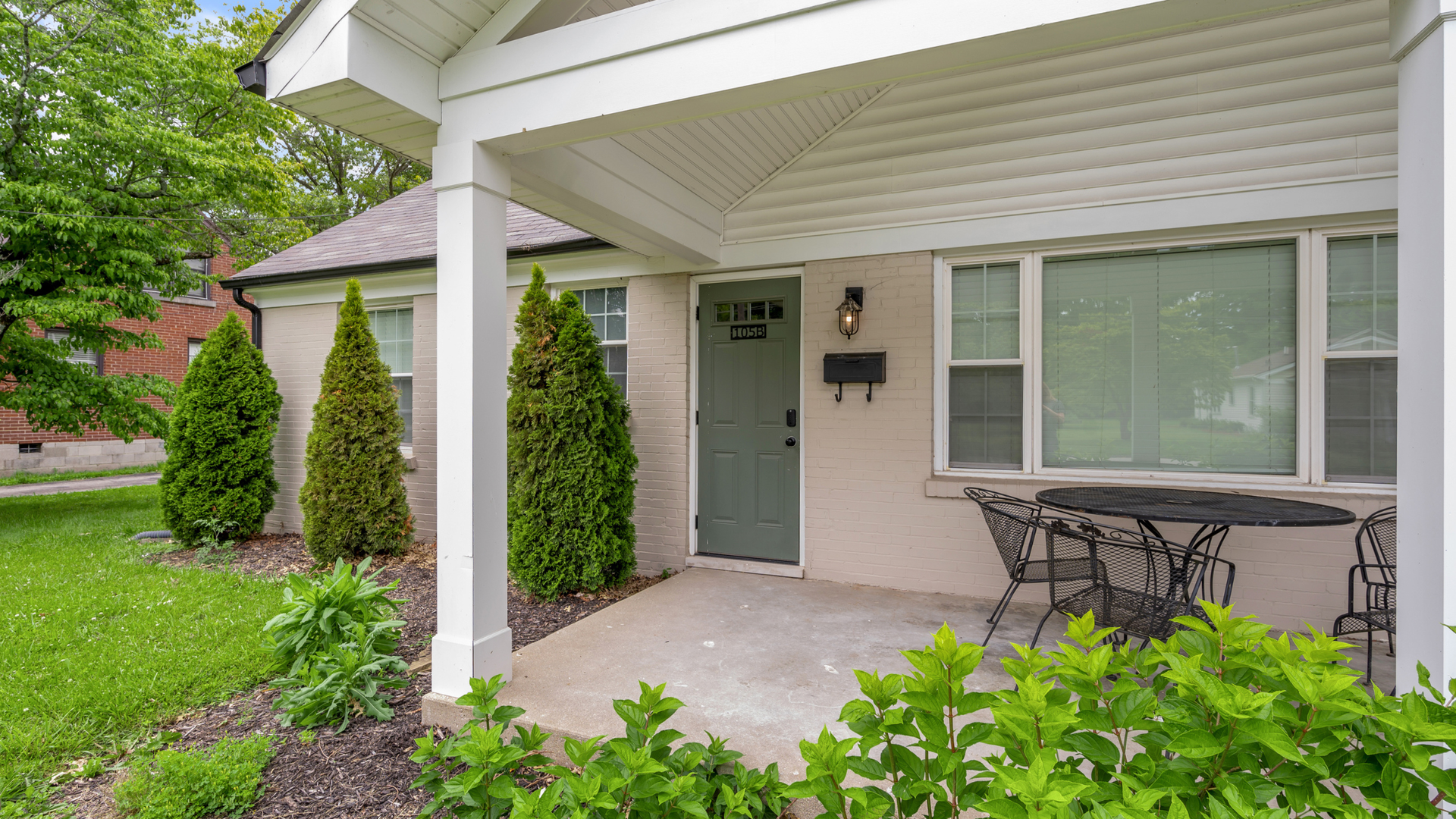The Psychology of a Crew That Sleeps Well
Sleep is not a perk in construction. It is the underlying system that keeps people safe, schedules intact, and budgets on track. When crews sleep well, error rates fall, reaction time improves, and the job moves with fewer stops and starts. In plain terms, proper rest equals better output and fewer accidents for traveling teams.
Sleep and Safety: The Risk Curve on Jobsites
Sleep and safety rise and fall together.
OSHA highlights how injury risk grows as work schedules diverge from standard daytime hours: evening shifts carry about an 18% higher accident rate, while night shifts jump roughly 30%. Longer days raise risk again, with 12‑hour schedules associated with a 37% increase in injuries. These are the kinds of compounding hazards that quietly erode a project’s margin of error. NIOSH underscores the same pattern, noting that fatigue undermines situational awareness and decision making and that structured fatigue risk management can interrupt the chain of events that leads to an incident.
The construction-specific research is clear.
A 2025 systematic review mapped how sleep disorders, cognition, performance, and accident prevention interlock in construction settings, confirming that sleep quality directly touches safety outcomes on site. In practice that means the crew’s sleep debt shows up as more near misses, more rework, and more small errors that occasionally compound into serious events. A 2024 study added a circadian lens, showing how start times and misaligned body clocks can elevate psychological strain and safety risks for construction workers, especially on irregular or early schedules.
The Lodging Factors That Make or Break Crew Sleep
The housing you put your people in shapes their sleep as much as the shift you assign them. Crews need private bedrooms, reliable HVAC, blackout-capable windows, quiet hours, and kitchens that support real meals instead of sugar-and-caffeine loops. When even one of those pieces is missing, you borrow against tomorrow’s alertness. NIOSH’s shiftwork guidance stresses managing light exposure: brighter environments early in the shift and less light late in the shift to prepare the brain for sleep after work. That principle should extend to the living space, where blackout curtains and controlled light help the body downshift.
This is exactly where crew lodging services prove their value. Our fully furnished units are set up with the basics that enable consistent sleep and recovery: private rooms, full kitchens, laundry, Wi‑Fi, and routine cleaning, with locations chosen to be near the jobsite so the commute does not steal rest. All-inclusive pricing and flexible booking reduce the churn of mid-project moves that disrupt sleep and morale. Those are not “nice to haves”; they are controls that support safe work.
Night Shifts, Long Commutes, and the Science of Circadian-Friendly Housing
Night work and long hours do not just make crews feel tired. They change risk. Compared with regular day schedules, NIOSH reports accident and error risk rising on evening and night shifts, a function of both circadian mismatch and sleep restriction. For construction teams, that shows up in tasks that demand precision under time pressure, from lifts to tie‑ins. Simply asking people to “tough it out” ignores human biology.
Commute time compounds the problem. Drowsy driving risk spikes when workers finish long or overnight shifts, and both NIOSH and OSHA emphasize how fatigue slows reaction time, triggers microsleeps, and degrades lane-keeping on the road. AAA’s 2024 analysis warned that fatalities linked to drowsiness are likely far underreported, potentially ten times higher than official counts, which should concern any project that relies on extended or rotating schedules. The more your lodging cuts drive time, the less you expose your teams to that hazard.
What Better Sleep Does for Productivity and Retention
Sleep is also a performance system. A 2025 laboratory study showed that even acute sleep loss measurably slows cognitive processing speed and reaction time, which is the scientific version of what every superintendent sees when a fatigued crew starts to struggle with otherwise routine tasks. Those micro‑delays build into missed steps, miscommunication, and rework. Fresh survey data from early 2025 found that 60% of adults report negative impacts from inadequate sleep and 70% say it harms their work productivity, a reminder that sleep debt shows up directly on output, not just mood.
On the ground, workers themselves say it plainly. Recent discussions in r/Construction include people describing multi‑job weeks that left them “sleep‑work‑sleep,” and veteran tradespeople noting that 3–6 hours became their norm during crunch periods. Those lived experiences echo what the research measures and translate into burnouts, exits, and slowdowns you can predict.
The Lodging Checklist That Supports Safer Sleep
If you manage traveling teams, treat your lodging spec like PPE for the brain. Start with private bedrooms for real sleep, not “quiet roommates.” Layer in blackout-capable window treatments, controllable HVAC, quality mattresses, and white-noise or fan options. Add kitchens and reliable laundry so nutrition and recovery are doable after long shifts. Our service standard aligns with this list, including private rooms, full kitchens, laundry, monthly professional cleaning, and near‑site locations that trim commute fatigue.
Next, design for the schedule you actually run. For night crews, pick units with minimal street light, bedroom placement away from traffic, and neighborhood noise profiles that suit daytime sleepers. Encourage light management strategies from NIOSH’s shiftwork modules, such as bright light early in the shift and reduced light exposure before heading home to sleep. Those environmental tweaks support circadian alignment and speed up sleep onset.
Building a Sleep-First Culture on the Project
A rested crew does not happen by accident. Set a clear stance that sleep is a safety control, not a personal luxury. Unions and safety organizations have been pushing that message publicly, with toolbox talks and reminders that fatigue is a job hazard to be managed like any other. Treat it that way in your pre‑task plans and job hazard analyses. The big picture aligns with national guidance: NIOSH maintains a dedicated center focused on fatigue and nonstandard schedules because the risks are preventable when employers and workers collaborate.
On our side, we back superintendents and travel coordinators with rapid support when plans change. Client feedback points to the value of immediate help, including during holidays or off‑hours when a quick housing fix can protect sleep and keep the next day’s work on track. The small moments of kept sleep are where productivity wins accrue across a long job.
Where Crew Lodging Services Fit
Pulling it together, sleep‑forward housing should be part of every project mobilization plan. The right crew lodging services align safety, cost, and human performance by doing three things: protecting uninterrupted sleep, controlling commute time, and stabilizing the environment for weeks or months at a stretch. Our approach is built around those outcomes. We secure fully furnished apartments or homes with private bedrooms, kitchens, and laundry, place them near the work, and keep the details handled so crews can finish, eat, wind down, and sleep. That minimizes mid‑project moves, last‑minute cancellations, and the stress spikes that break rest.
Crews that sleep well are safer, faster, and more loyal. The “soft” investment in sleep-first housing pays back in hard metrics like incident rates, OT control, and schedule certainty.













